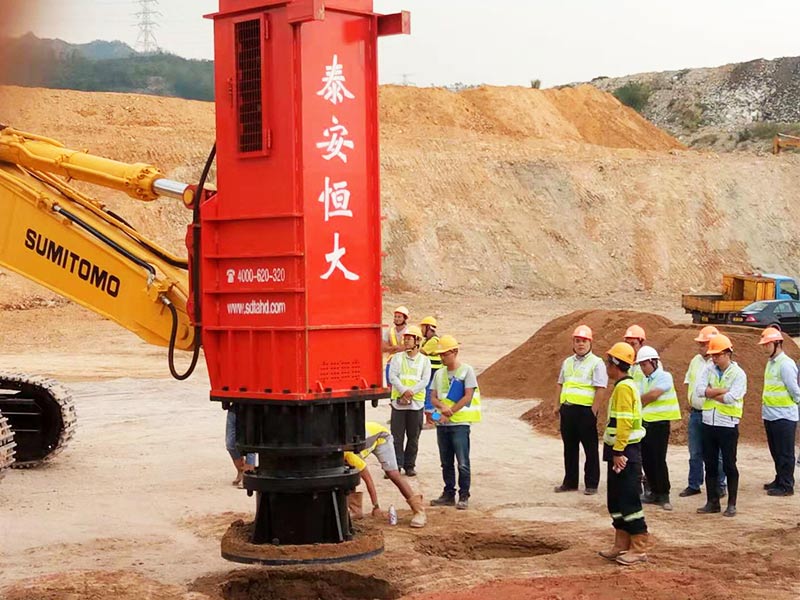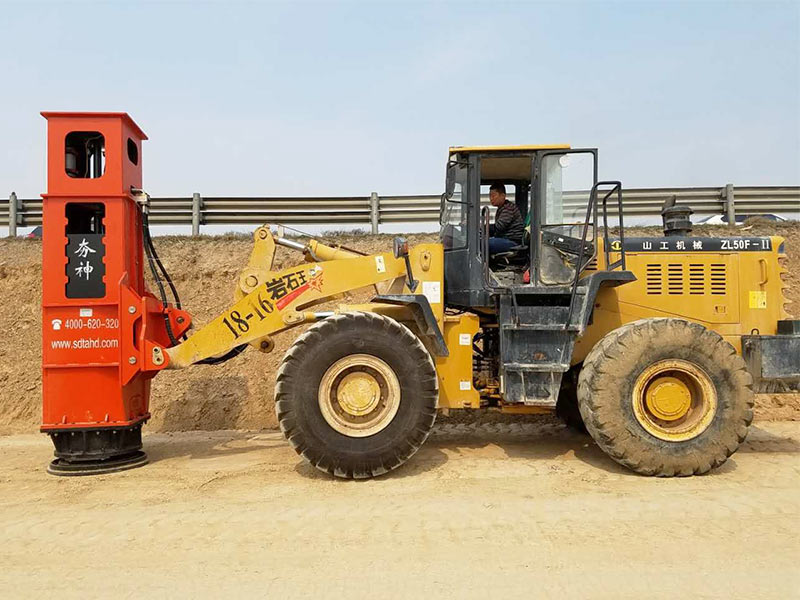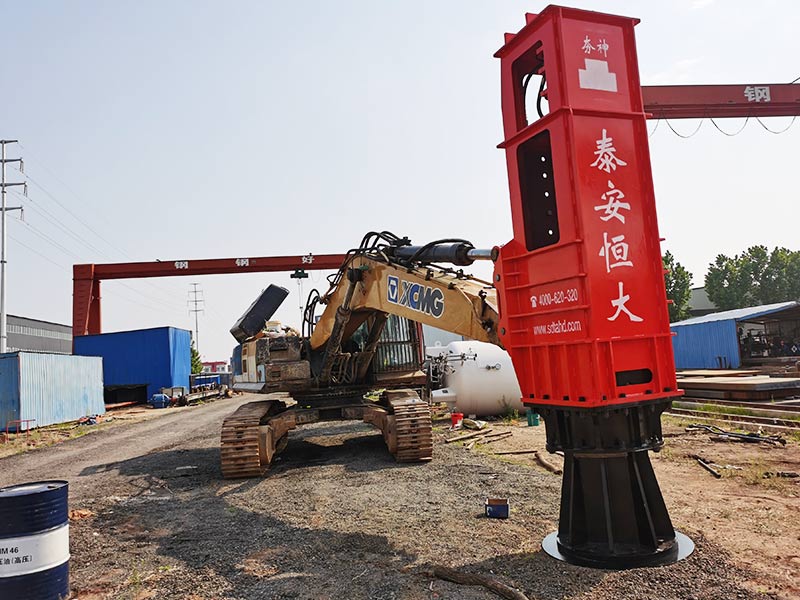update time:2022-09-15 09:39:34
Views:1354次
The lately introduced Rapid Impact Compactor (RIC) aims at closing the gap between the surface compa...
Numerous developments of the last decades provide a broad range of near-surface compaction technologies (such as static and dynamic rollers) and deep compaction techniques (such as deep vibro-compaction, vibro-flotation and deep vibroreplacement, heavy tamping). However, until recently no device was available for middle-deep compaction. The lately introduced Rapid Impact Compactor (RIC) aims at closing the gap between the surface compaction methods and the deep compaction methods, and permitting a middle-deep improvement of the ground up to a depth of 4 to 10 m.

The technique can usually be employed within 10-15m of sound structures with the vibrations significantly less than traditional dynamic compaction. RIC can also be used in shallow granular fills containing contaminants where penetrative ground improvement techniques such as Vibro Stone Columns would risk exposing contaminants to the atmosphere.

Typically, the RIC method is used for the treatment of essentially granular fills in order to improve their geotechnical properties (stiffness and bearing capacity) and to reduce settlement. RIC design firstly involves geotechnical characterisation of the soils to be treated, with emphasis placed on quantifying in-situ relative density and grading characteristics. Groundwater level is an important factor for consideration of suitability of the RIC method as shallow groundwater level can act as a hydraulic barrier reducing effective energy transfer to the fill materials. However, it is the “compaction trial” (discussed under testing and quality control), which provides the designer with the necessary information to permit refinement of the design. With ground improvement techniques involving surface impact such as RIC there cannot be direct control of treatment depth, as would be the case with vibro stone columns. A critical element of RIC design therefore is the depth to which a particular treatment is effective.

What are different types of dynamic compaction methods?
The way in which RIC improves the ground is a “top-down” pro...
What is high energy impact compaction?
The RIC attachment currently being manufactured by Hangshen ...